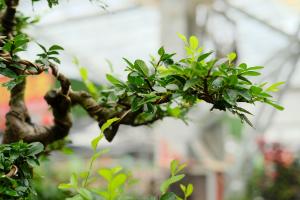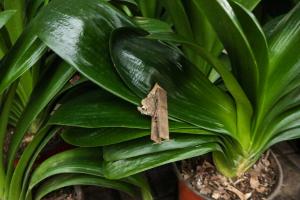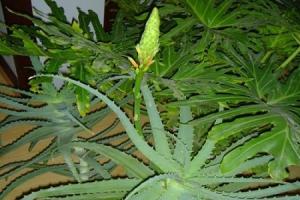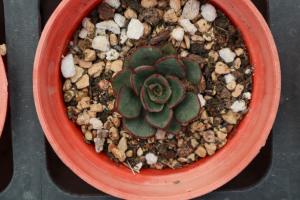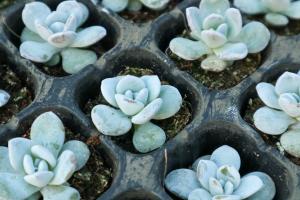How to Stop Blossom End Rot on Tomato Plants
If you're a tomato grower, you might have seen a common issue where the bottom of the tomato fruit has a brown, leathery spot. This condition is known as blossom end rot, and it occurs in tomato plants due to various reasons, including calcium deficiency, fluctuating moisture levels, and temperature stress.
Provide Adequate Calcium
A lack of calcium in the soil is one of the primary reasons for blossom end rot. Therefore, make sure your plants are getting enough calcium. You can incorporate lime or gypsum into the soil at planting time to increase the calcium levels. Alternatively, you can spritz a calcium chloride solution onto the foliage once a week when the fruits are growing.
Keep Soil Moisture Consistent
Blossom end rot can also occur when there are fluctuations in soil moisture. Therefore, it's essential to keep soil moisture levels consistent throughout the growing season. Try to water your plants deeply once or twice a week, depending on the weather and soil type. Mulching the soil surface with organic materials, such as straw or bark, can also help retain soil moisture levels.
Maintain Temperature Levels
Tomatoes are susceptible to blossom end rot when they experience temperature stress. Hot and dry weather conditions can cause the fruits to develop prematurely, while cold or damp weather can delay the ripening process. Therefore, it's crucial to maintain consistent temperature levels for your plants. You can use shade cloths or row covers to protect your plants from extreme weather conditions. Make sure to remove these covers once the weather normalizes to allow for proper airflow.
Monitor Nutrient Levels
Along with calcium, tomatoes require other essential nutrients to thrive. Make sure your soil has adequate levels of nitrogen, phosphorus, and potassium. Over or under-fertilization can cause nutrient imbalances, leading to blossom end rot. Therefore, it's essential to monitor your soil nutrient levels and fertilize accordingly. You can conduct regular soil tests and adjust your fertilizer application based on the results.
Conclusion
In conclusion, blossom end rot can be frustrating for tomato growers, but there are several measures you can take to prevent it. Providing adequate calcium, maintaining consistent soil moisture levels, monitoring temperature levels, and nutrient levels are essential in preventing this condition. By following these guidelines, you can ensure a healthy and bountiful tomato harvest.

 how many times do yo...
how many times do yo... how many planted tre...
how many planted tre... how many pine trees ...
how many pine trees ... how many pecan trees...
how many pecan trees... how many plants comp...
how many plants comp... how many plants can ...
how many plants can ... how many plants and ...
how many plants and ... how many pepper plan...
how many pepper plan...